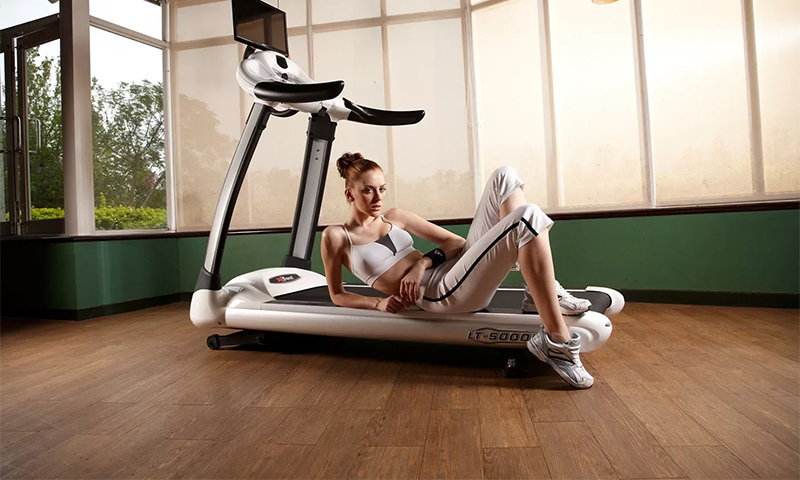Scandinavian walking came from Finland. The skiers of this country wanted to keep themselves fit throughout the year. As it turned out, such walking is useful for almost everyone, including pregnant women, the elderly, people with heart disease, overweight and after injuries. She actually has no contraindications and activates the work of all muscle groups. The important point is that the cost of equipment, like the poles themselves, will cost much cheaper than buying a bicycle or a ticket to the gym. The choice of Nordic walking sticks requires certain knowledge, because the quality and convenience of the training depends on what they will be. In our article we will tell you what to look for when buying this sports equipment.
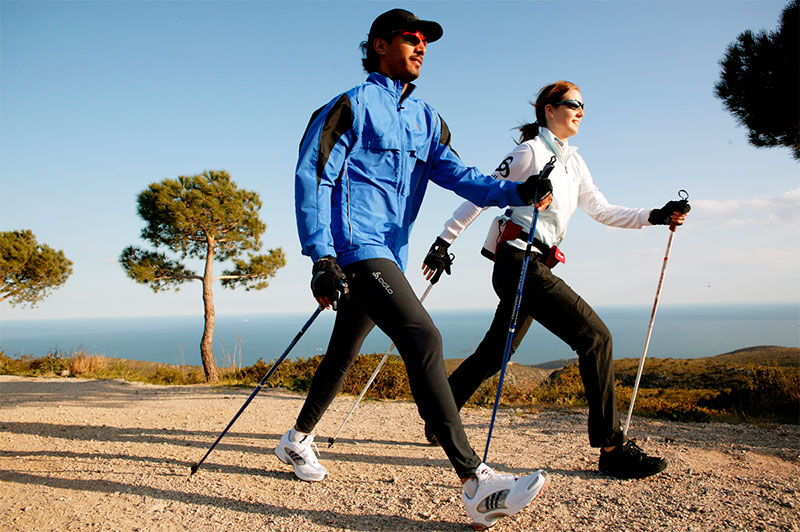
Content:
The best Nordic walking stick manufacturers - which company to choose
Nordic walking poles are not produced by domestic manufacturers. But in sports stores, they are still represented quite widely. Models that exist on the Russian market vary in type, quality, and cost.
To achieve high results, it is imperative to use sticks with an optimal ratio of all the most important characteristics. The leading companies that make Nordic walking poles are brands from Finland, Australia and several European countries.
We invite you to familiarize yourself with some of the most popular brands:
- Karhu;
- Exel;
- Swix;
- Gabel;
- Comdedell.
If you need to know everything about specific models, go to our ranking of the best Nordic walking sticks. It describes the products that have won recognition not only from users, but also from experts.
The principle of operation and the construction of Nordic walking poles
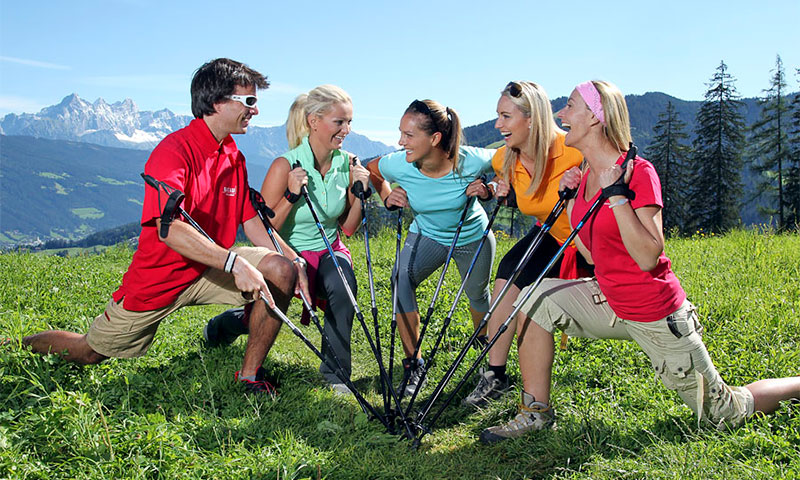
Nordic walking is impossible without special sticks. While moving with them, the hand is alternately moved forward and backward by 45 degrees. Thus, not only the leg muscles, but also the arms are trained, and when the body turns to the sides - the press. Sticks are needed light, because the load is not due to dragging, but by working with its own weight.
The sticks for the Scandinavian walk consist of a rod (pole), handles with straps and tips.
The main role is played by the shaft, which must be elastic to push the walker forward and extinguish the blows to the hands, thereby minimizing the risk of damage to the joints.
Lanyard allows you to fix the handle in your hand, so that, with constant squeezing and unclenching, the stick will not slip.
The last component is the tips. They are needed for easy passage of distances on different terrains. For hard and soft surfaces, completely different types of tips are required.
As mentioned above, good Nordic walking sticks should be lightweight. The length of the products is selected in accordance with the height of the person and the tasks that are set by the athlete.
Types of Nordic Walking Sticks
Fixed length
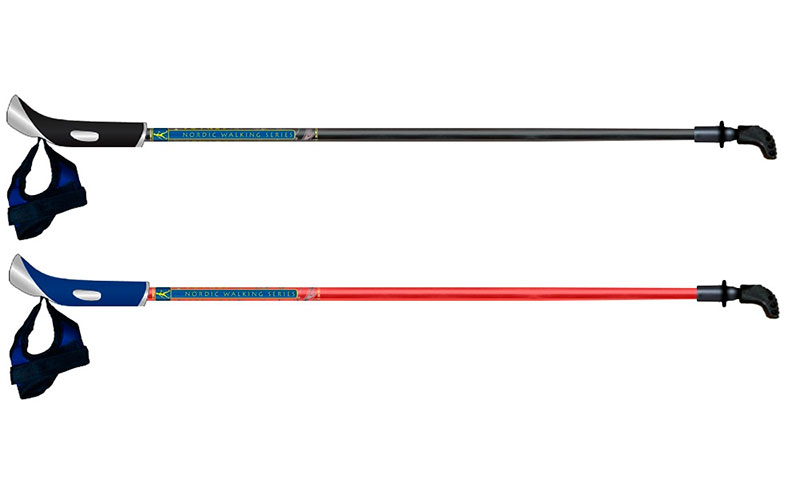
Single, monolithic, sticks do not change their length.
Advantages:
- ease and convenience in training;
- no risk of injury;
- reliability and durability;
- suitable for walking on sand, wet terrain and mud.
Disadvantages:
- there is no possibility of adjustment for growth;
- constant load intensity.
Telescopic (sliding)
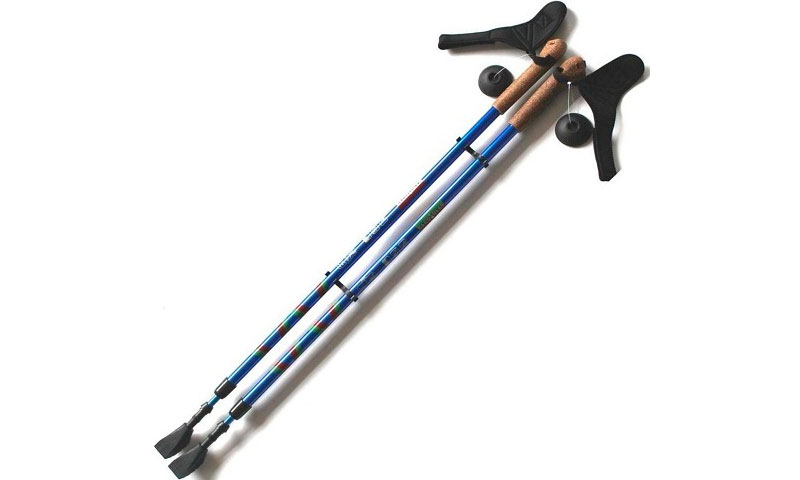
This view differs from the fixed length of the sticks in that it is extendable. Usually sticks are made of aluminum alloy and are cheaper than monolithic variants. There are models with a shaft of composite-carbon material, but the price of such goods is much higher.
Often, to mitigate and compensate for shock loads, a special anti-shock system in the form of a shock-absorbing spring is built into the telescopic poles.
Advantages:
- suitable for beginners to determine the required length;
- easy to adjust for any height;
- convenient for transportation;
- the ability to change the intensity of the load;
- low cost.
Disadvantages:
- clamps break from dirt, water, sand, or in the cold;
- accidental addition can lead to injury;
- over time, there is vibration and rattling;
- not suitable for frequent use;
- not recommended by experienced instructors.
Nordic walking stick selection options
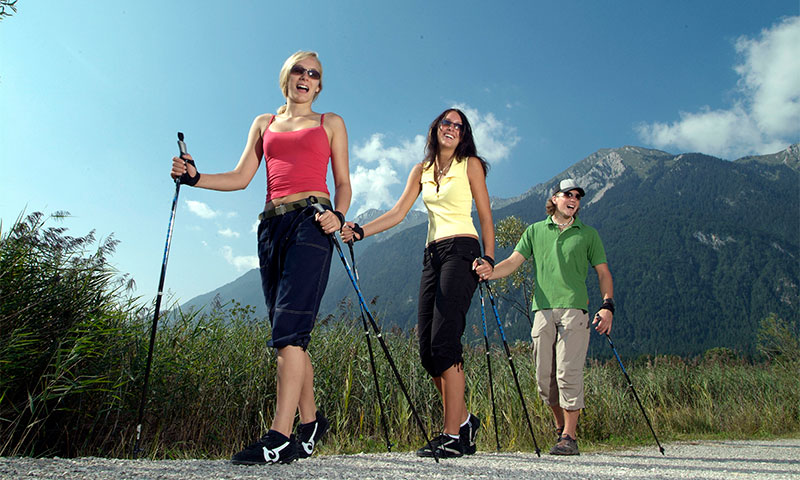
Length
The length of the stick depends on the height of the user. People from 180 to 200 cm will need products from 130 to 140 cm. Those whose height is from 150 to 175 will need sticks in length from 110 to 125. This length is recommended for practicing to maintain health.
If you plan to engage in fitness groups, then add to the value of another 5 cm. The length of sticks for professional training increases by 10 cm.
Weight
Choosing sticks, pay attention to their weight. There are no exact numbers, everything is very individual. Everyone should try to go with the model they like to see if it will suit him or not.
The sense of weightlessness of sticks should be decisive, as if they are not in their hands. Remember that the harder they are, the harder it will be to go through the training process.
Elasticity
Determining elasticity is easy. You need to do with a stick in his hands a few quick steps, all the way touching the tip of the floor. If it turns out to be easy to repel and at the same time there are no vibrations that give to the hand, then the right pair is selected.
Rod material
1. Fiberglass. The weight of the products is very small, and the absorption of vibrations is at a high level. Fiberglass sticks cannot boast of high strength and are often prone to breakage.
2. Carbon. A mixture of carbon and fiberglass provides the rod with good strength and effective vibration absorption, while the weight of the sticks remains low. The number of carbon fiber will depend on the strength of the shaft. A universal option is 50–80%.
3. Aluminum. Not very common material for the rod. It is more commonly used in ski poles. This is explained by the fact that aluminum itself damps vibrations very badly, but when moving through the snow this minus is not significant.
Handle material
1. Cork. One of the most convenient pen options. Anatomical grip is provided, does not cause allergies. It can be both from a natural cork, and from artificial.
2. Rubber. Most often it is a mixture of cork and rubber. It is found in professional models. Comfortable grip, good fit.
3. Plastic. Due to the fact that the plastic does not absorb sweat, the handles become slippery. This causes discomfort and discomfort.
Tip
1. Thorn tips made of durable tungsten or carbide. They are used on sticks for walking on loose soil like sand and soil. On expensive models of sticks it is possible to change the tip.
2. Walking on the hard requires tips from rubber or carbon. There are plastic, but they are less preferred. Visually resemble a slipper, allow you to quickly move on concrete, asphalt, street tile, cobblestones
What nordic walking sticks to choose
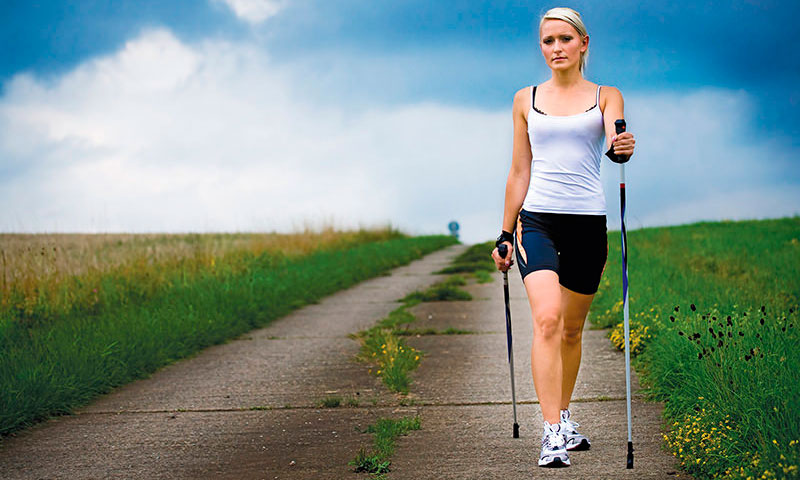
1. In the end, we note once again that the Nordic walking poles must be matched for height. The more load is needed, the longer the rod is chosen and vice versa, the smaller the load, the shorter it is.
2. A shaft of sticks made of carbon fiber with carbon will be an ideal option for most, since here the optimum ratio of weight, elasticity and strength. Aluminum products are good only for training in the snow.
3. You should refrain from buying telescopic sticks, because there is a high probability of getting injured if you accidentally close or breakdowns at the joints of the product sections. Monolithic, fixed in length models are preferable and will last many times longer.
4. Sticks with tips in the form of spikes are great for walking on loose soil, but classes on hard surfaces require hard-alloy tips. It is important that the tip gives a strong grip with the terrain on which you most often will train.
How much do Scandinavian walking sticks cost

1. Carbon sticks for Nordic walking will be among the most expensive. The more carbon fiber in the product, the more expensive it is. The approximate cost is in the range from 3 to 7 thousand rubles.
2. Low cost versions of sticks do not have interchangeable tips, therefore they fail much faster. You can purchase them in the range of 1 to 2 thousand rubles.
3. A wide selection of base models from manufacturers offers to buy sticks from 2 to 4 thousand rubles. Such products will suit most walkers, as they meet basic requirements.
4. Professional sticks are several times more expensive. They are designed for frequent use, so they are usually made of durable and high-quality materials, such as carbon. Included with them are necessarily replaceable nozzles. You can buy such sticks from 5 thousand rubles.
5. Some exclusive options can cost up to 10 thousand rubles.
It will be interesting to friends too






